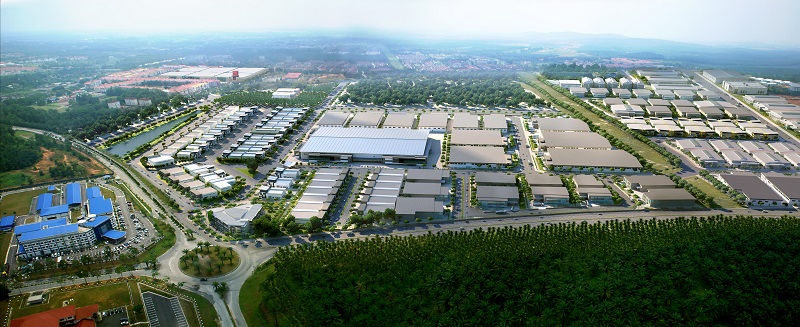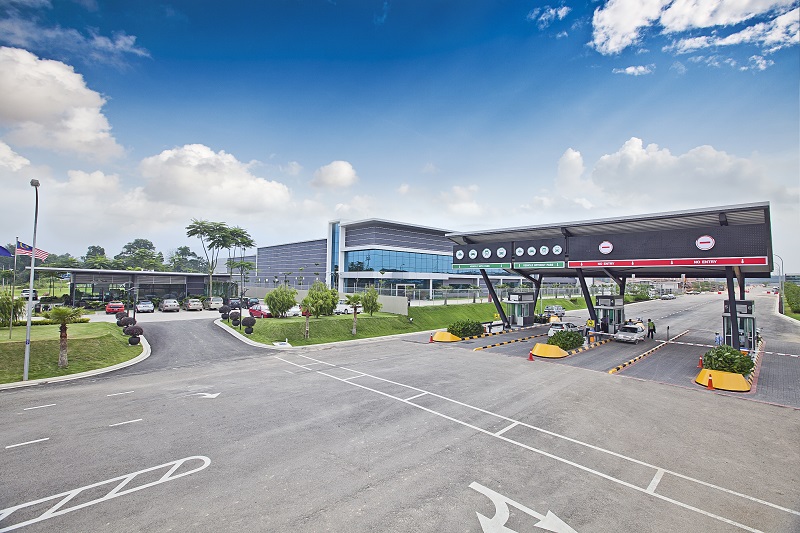ISKANDAR Malaysia was launched amid much fanfare in November 2006. Modelled after the Pearl River Delta Economic Zone in China, it was envisaged to capitalise on its current synergies with Singapore as it aimed to complement each other as an economic hub. Pearl River Delta’s vision was to establish a “center of advanced manufacturing and modern service industries”, and act as a “centre for international shipping, logistics, trade, conferences and exhibitions as well as tourism.” And this is largely what Iskandar Malaysia was envisioned to become.
One of the most successful cities in the Pearl River Delta Economic Zone is Shenzhen, a major city in the south of Southern China’s Guangdong Province, situated north of the Hong Kong Special Administrative Region. It was a mirror of what Iskandar Malaysia is to Singapore.
The differences between the two regions become apparent when we learn that the first move made by China was to launch in Shenzhen, the first Special Economic Zone (SEZ) in late 1979. Both Chinese citizens and foreign nationals have since invested enormous amounts of money in the Shenzhen SEZ.
More than US$30bil (RM95.7bil) in foreign investments has gone into both foreign-owned and joint ventures, at first mainly in manufacturing but more recently in the service industries as well. Shenzhen is now considered one of the fastest-growing cities in the world, some 34 years later. Shenzhen has seen its population and activity develop rapidly since the establishment of the SEZ. Shenzhen’s population is roughly 10 million. About six million of these people are non-local migrant workers who may return to their hometown/city on weekends and live in factory dormitories during weekdays. Incidentally, it is the largest migrant city in China.
Today, Shenzhen is home to the Shenzhen Stock Exchange as well as the headquarters of numerous high-tech companies. Shenzhen is also one of the busiest container ports in China.
The lessons we can learn from the Shenzhen experience is that with Iskandar Malaysia, all the building blocks are in place; it’s getting the sequence right that is important. I strongly believe that Iskandar Malaysia has to look at what strengths it can leverage on in the immediate future and plan for the bigger vision later. Iskandar Malaysia has to start with a strong focus on manufacturing and its related services, just like Shenzhen did back in 1979.
The infrastructure to support this should be the primary focus. Once the industrial boom takes shape in Iskandar Malaysia, everything else will fall in place. It will attract a migrant professional population to Johor and with it, demands for housing and commercial developments.
What has been achieved in Iskandar in the current short time frame is truly remarkable. The strategy of catalytic projects such as the EduCity, Marlborough College, The Medini Commercial hub, shifting the Johor administration centre, Pinewood Studios, Legoland, Puteri Harbour Development and the remaking of Danga Bay have created a real estate frenzy the likes we have never seen in Johor’s history.
There has been a huge investment in capital to create these projects but has that translated into the kind of jobs and growth in population found at the core of the Pearl River Delta Economic Zone strategy? Only time will tell.
Pengerang in southeast Johor, located at the south of Desaru and adjacent to Singapore, is the beneficiary of the Pengerang Integrated Petroleum Complex (PIPC) which was announced in 2011. It houses oil refineries, naphtha crackers, petrochemical plants as well as a liquefied natural gas (LNG) import terminal and a regasification plant.
There is no master plan for an industrial city there to house the working population that is expected to arrive in due course.
Southern Industrial & Logistics Clusters (SiLC) along the second link was planned as an industrial state without thought of accommodation for staff members and workers or that of the amenities for the population there. It has been successful in that all the land has been sold.
Unfortunately, much of the sales of land there were to speculators who are sitting on their assets and driving prices up.
As a result, land prices have risen approximately 300% over the past two years. There is an urgent need for planners of Iskandar Malaysia to allocate more land and build the infrastructure to attract serious catalytic industries, the ones that need 50 to 100 acres and employ 2,000 to 5,000 workers and professionals.
This land should be kept for serious industries wanting to relocate to Johor as one of our main customers is Singapore where many MNC’s have their regional headquarters. We need to remember what made Shenzhen a success – it was Hong Kong. There is also a need for planned worker housing and related commercial developments to support it. We have done it before in Shah Alam, and more recently the Batu Kawan Industrial Estate in Penang are excellent templates.
Iskandar Malaysia has to take stock of the state of the industrial development within its borders. It is the beneficiary of excellent infrastructure but it needs to create a body like the Industrial Estate Authority of Thailand (IEAT), which currently operates 12 industrial estates and co-manages 26 of Thailand’s 38 industrial estates.
The responsibilities of the IEAT are principally to create and organise industrial estates as well as to group together industrial facilities in a synergistic manner. However, private developers in Johor have seen the benefits of having a focused industrial development strategy and are building a new generation of industrial parks to assist Singapore’s industries relocate to Johor. Projects such as AME’s i-Park, SP Setia and Ecoworld’s Business Parks have become much sought-after products in a growing market. They offer products that are custom-built for clients, with high levels of security and a wonderful environment.
Iskandar Malaysia’s dilemma is that it has nine key economic thrusts to manage. I am sure it is difficult allocating adequate resources to all nine of them. They have done a terrific job to date but we must remember that Rome was not built in a day. We should not try and achieve in a five- to 10-year time span what other cities have taken 30 to 40 years to do. I believe that there is a need to reassess our priorities in developing Iskandar Malaysia, and remind ourselves that cities evolve primarily from economic activities.
Ipoh and Kuala Lumpur grew from the tin industry, Penang and Malacca from trade through their ports, many smaller towns grew from the surrounding rubber and oil palm plantations. We need to look at the success of Shenzhen to make Iskandar the success it deserves to be.
>> Datuk Stewart LaBrooy is the chief executive officer of Axis REIT Managers Bhd.




No comments:
Post a Comment